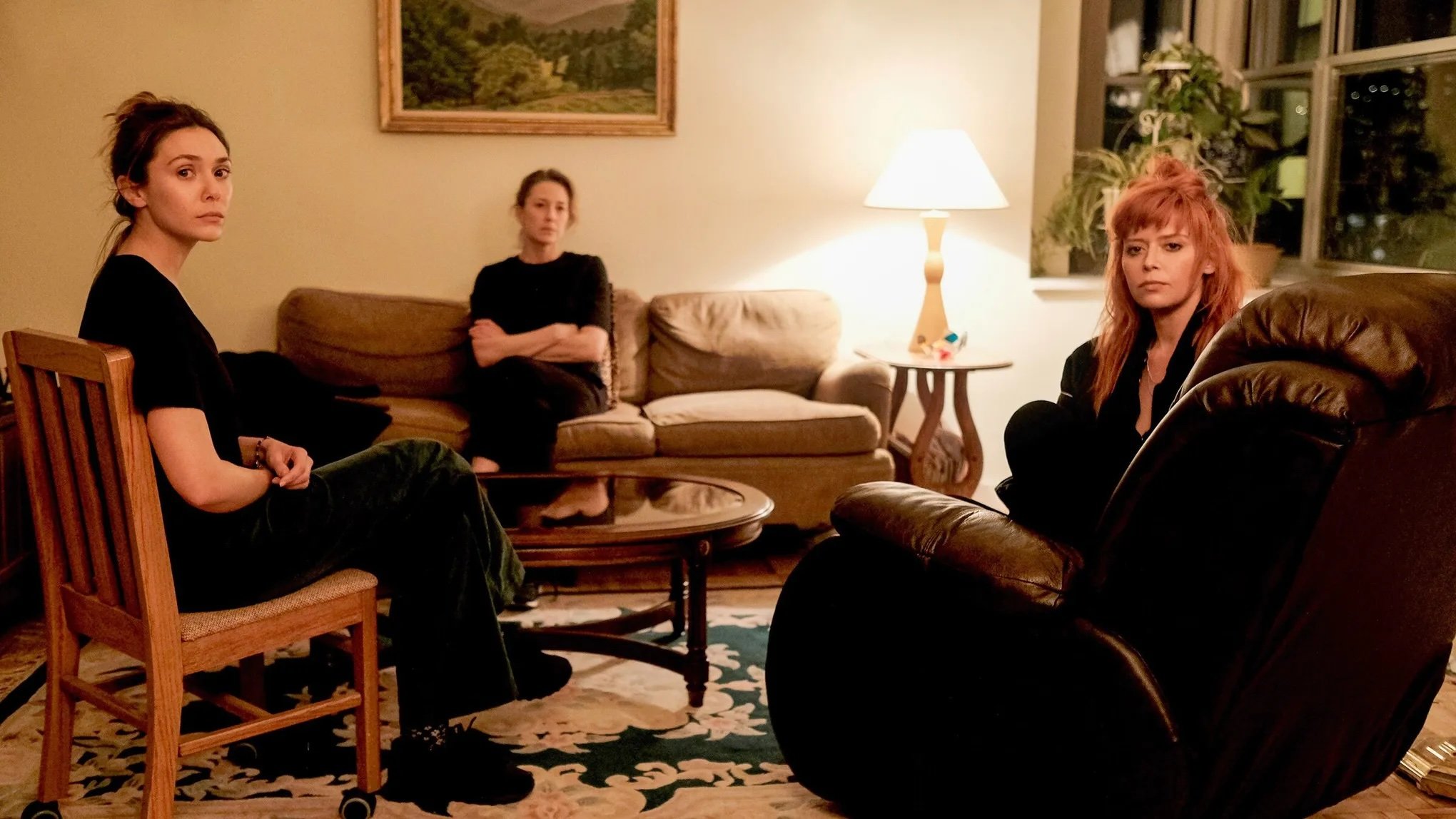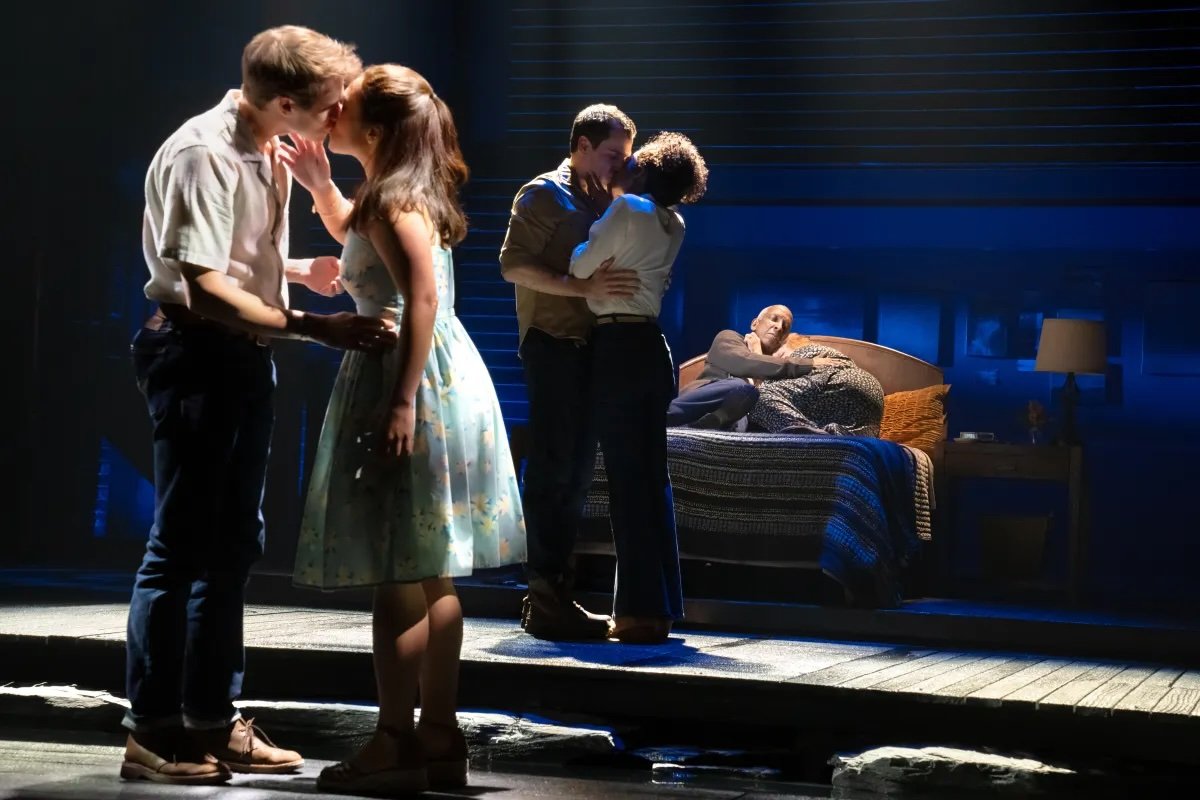Komm, mach mal Licht,
Damit man sehn kann, ob was da ist,
Komm, mach mal licht,
Und rede nun mal nicht.
Komm, mach mal Licht,
Dann wollen wir doch auch mal sehen,
ob da ‘ne Sache ist: Berlin im Licht.
- “Berlin im Licht,” by Bertolt Brecht
Turn on the light,
So we can fin’ly see what’s inside.
Turn on the light,
And keep those lips shut tight.
Turn on the light,
Because we all just want to take in,
Whatever’s really there: Berlin in Light.
It’s rough, but you can only ask so much of me on a rainy Tuesday morning at the end of a week spent walking around Berlin. My shoes, my feet, my right hip, and my brain are all tired.
The original German lyrics come from “Berlin im Licht,” Kurt Weill and Bertolt Brecht’s 1928 novelty song inspired by a festival of the same name, which aimed to show off what electric lighting was capable of. The goal, the marketing said, was to turn nighttime in Berlin into day. It’s a funny thing to consider, given that I can’t think of another Western city more associated with nighttime in the cultural imagination than Berlin. Paris is gorgeous at night, and New York is famous for refusing to go the fuck to bed, but when I think of Berlin, I think of nightclubs. I think of bars, and drugs, and fetish. That can’t be wildly off. I’m not drawing from anything approaching personal experience (I have been in bed no later than 11:00 pm most nights of this trip, thank you). That association has to be coming from somewhere. It has certainly been supported by the hundreds of posters for an upcoming leather party that I’ve been seeing throughout the city.
“Berlin im Licht” is a novelty, but it takes on new meaning when considered within the context of German history following its publication. What was a jaunty tune about a light fair carries with it the implication that there’s more out there in the darkness. It’s not much of a stretch to assume some of that “more” could be sinister. Hitler was already a national figure by 1928, after all. There was a lot hanging out in the darker corners of Berlin in those days. Turns out the light didn’t help much.
The city as it stands today is full of museums and memorials dedicated to remembering, to keeping those lights on. The Jewish Museum, the Memorial to the Murdered Jews of Europe, the series of parks commemorating the Wall, and the Soviet War Memorial exist to keep fresh in the mind all the ways in which things can go horrifically wrong. At times, I can hear Germany as a country frantically turning through her notes and asking if it would possible to do any more extra credit. Berlin is the most guilt-ridden city I’ve ever been to, which is not to say that guilt is undeserved, and not to say other cities shouldn’t be guilt-riddener than they currently are.
To what end all that guilt, though, I’m not sure. The synagogues are under 24 hour police protection and the AfD (Germany’s leading far-right party) keeps winning more seats in parliament. There was a teacher with a group of young students at the Soviet War Memorial. I wanted to ask him how he teaches World War II to his students. How do you thread that needle, making sure you relate the stakes of something without burdening students with a sense of guilt that could ultimately prove counter-productive? What’s the emotional experience like, going through that material? As an American, I should be in the best position in the world to relate, but we don’t teach slavery as something that Could Come Back, do we? That’s something that’s over now, we’re pretty sure, thank you.
The most effective exhibit I’ve attended in my week here was Otto Wendt’s Workshop for the Blind, a modest free museum tucked away in a courtyard just past the entrance to die Hackeschen Höfe. It commemorates the efforts of Otto Wendt and a large number of his collaborators (non-derogatory) to save the lives of as many Jews as possible, hiring them to work in his brush factory. There are many such stories from that time, of ordinary people doing extraordinary and selfless things in the name of righteousness. It is always, that museum drove home, a choice.
That is what gives the best parts of historical Berlin their particular flavor: You see the best and the worst in people all at once. These memorials and parks and museums, when they’re on their game, make it clear that there is always another choice, and that it is right to make that choice. There were several biographies in the Workshop for the Blind that ended by noting those individuals never received acknowledgement for their actions during their lives. How entirely beside the point.
On Sunday, I went to Mauerpark. Deep in former East Berlin, Mauerpark is a wonder. Every 150 feet, you encounter a new musical act, all of them earnestly plying their trade. At the back, on a cobblestone platform surrounded by a half-circle of large stone stadium seats, a prickly Irishman runs karaoke every Sunday.
When I got there, I was thrilled to see the seats completely filled. Hundreds of Berliners had gathered to sit, to listen, to sing. What struck me most about it, coming from karaoke in the U.S., was the complete lack of irony. There was no self-consciousness permitted. Nobody seemed aware of or concerned about the quality of their singing. The audience couldn’t give two shits about anything other than the enthusiasm with which the performers took to their tasks. People cheered consistently and joined in singing when performers grew nervous. During my time on stage, I received reassuring eye contact from a number of people. Berlin, as a city, separate from its history, is fantastically alive.
I do wonder to what extent the implied menace of “Berlin im Licht” was intended. It was written by Bertolt Brecht, after all, so anything is possible. It could very well have been just what it says on the tin, a fun and breezy tune meant to entertain on its way in one ear and out the other, but it’s also entirely possible that Brecht was being, well, Brecht. To me, the German lyrics don’t carry much of a sense of foreboding. They were written in 1928, though, and I’m translating them in 2024. It’s hard not to let the intervening century creep in.








